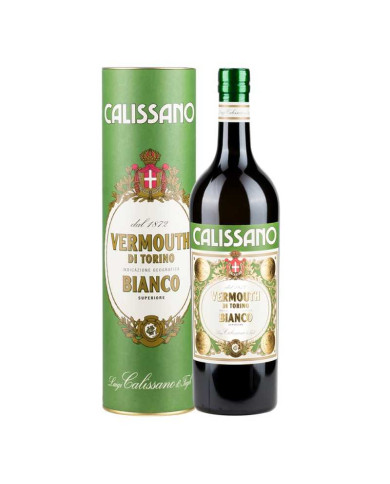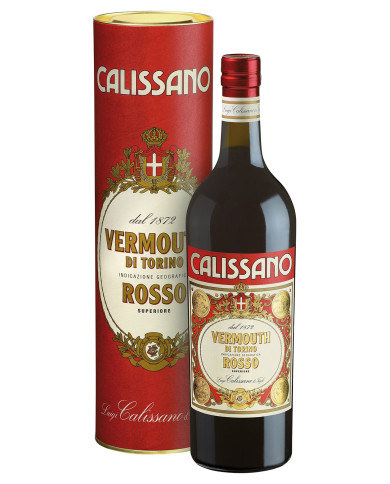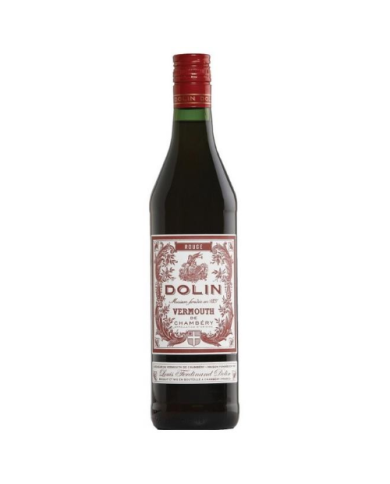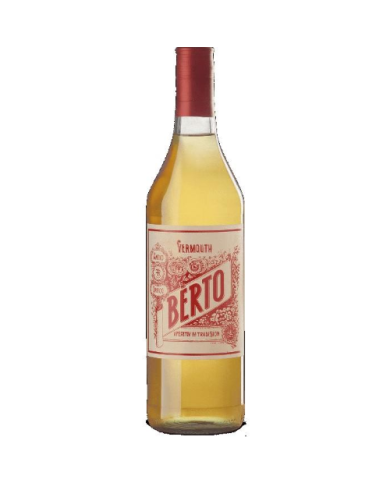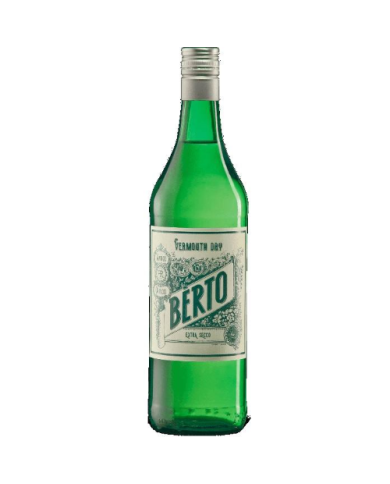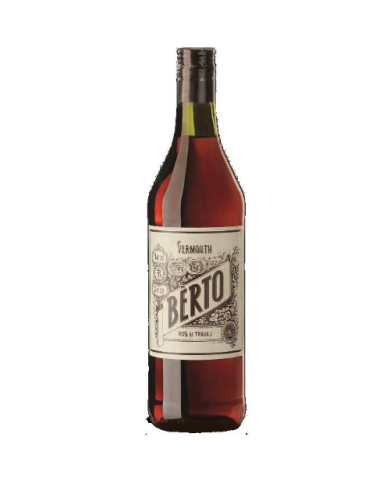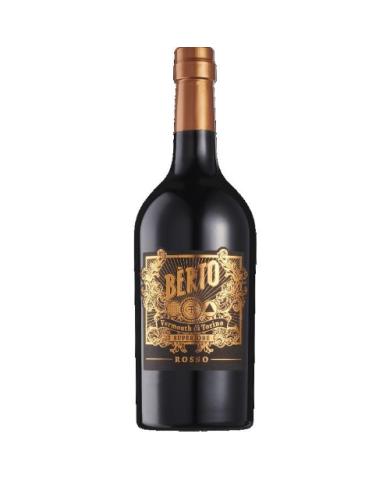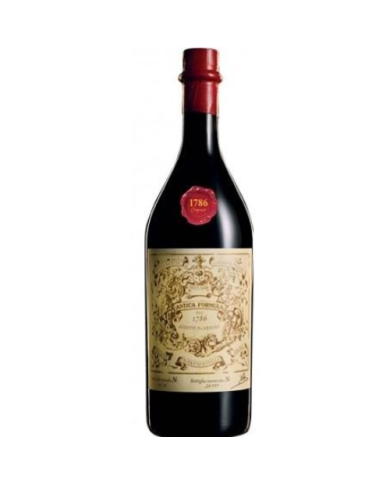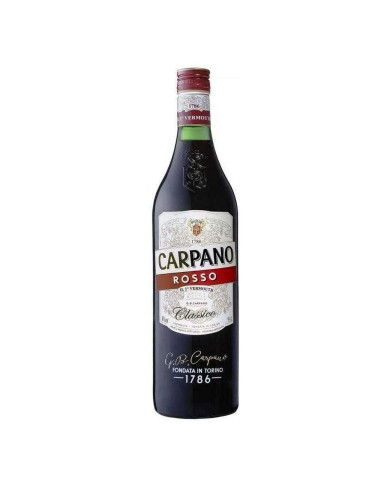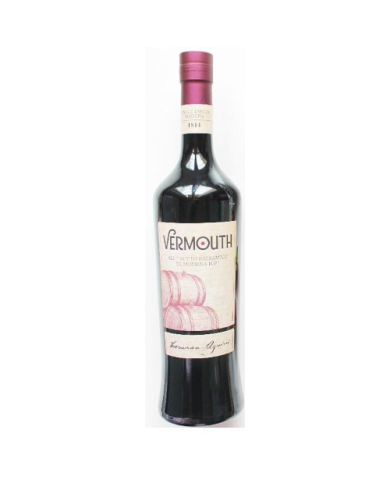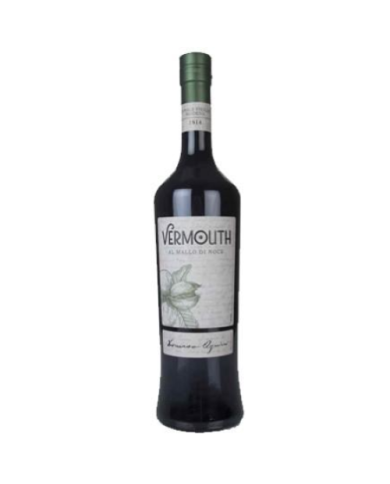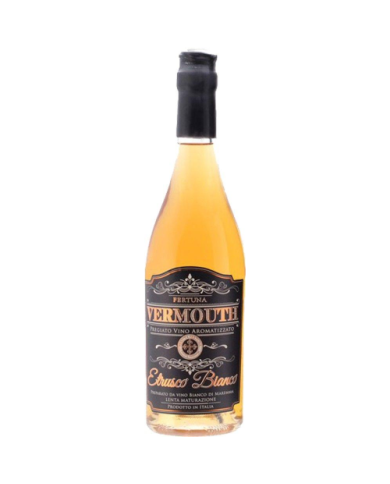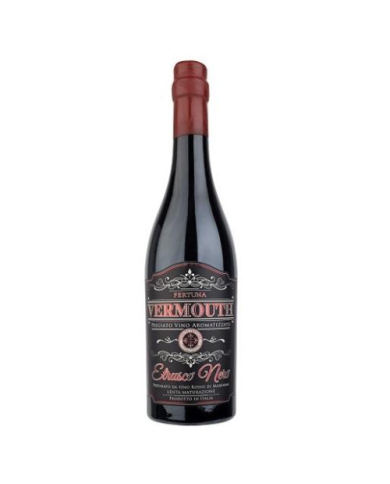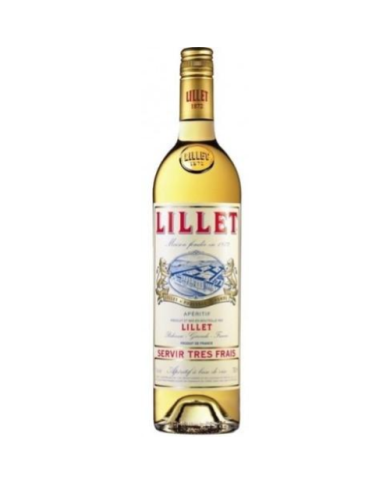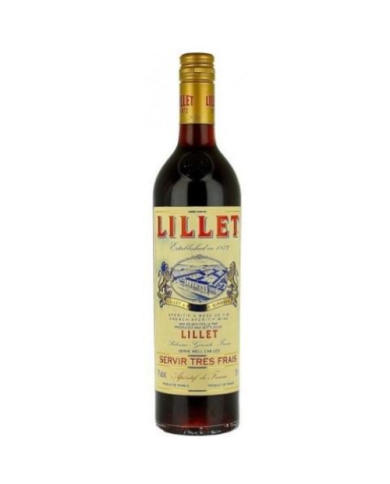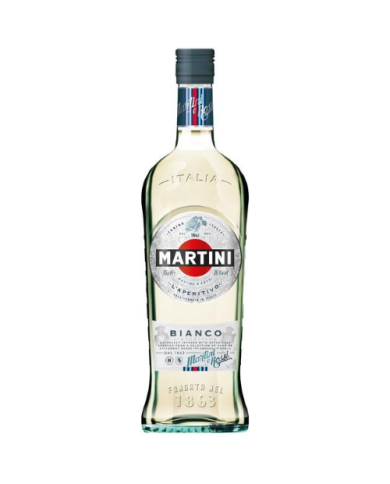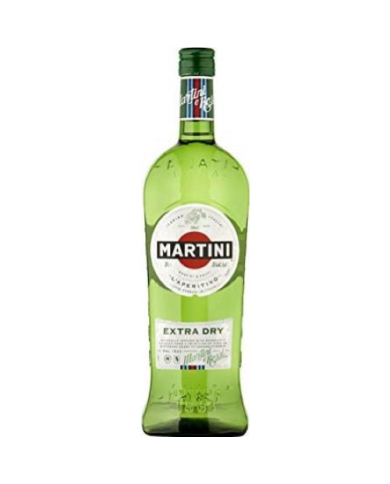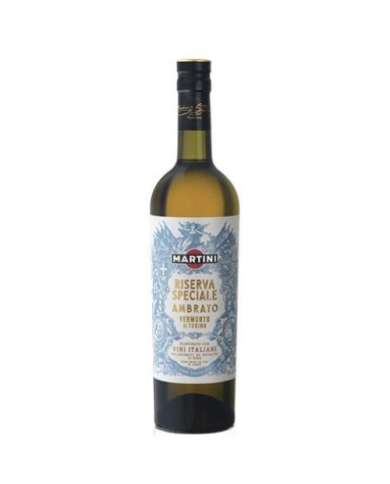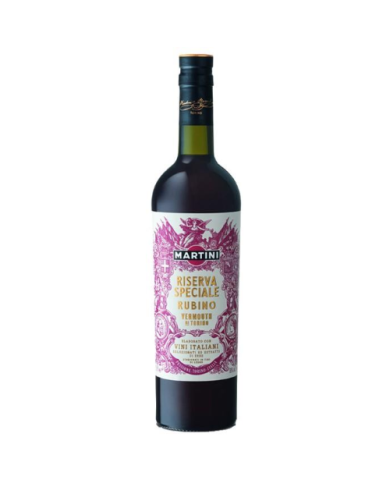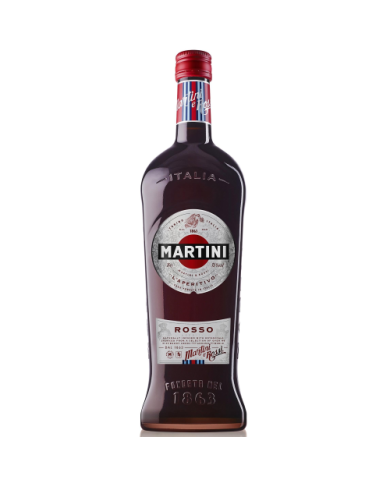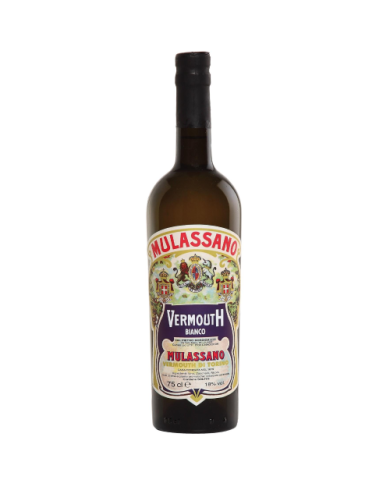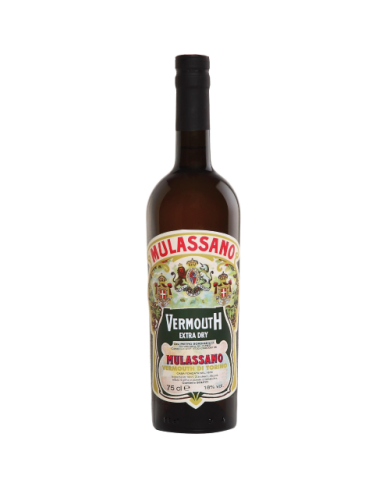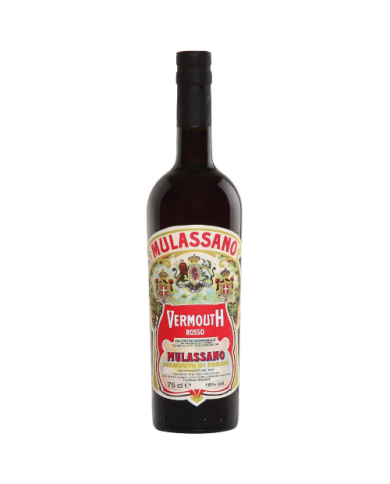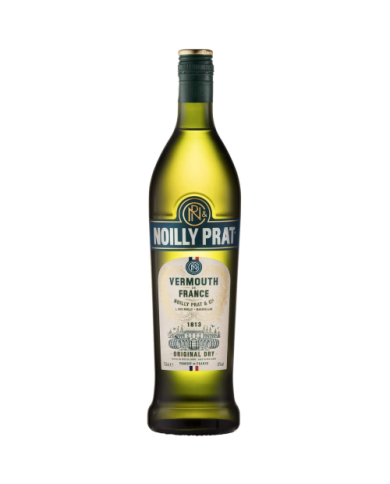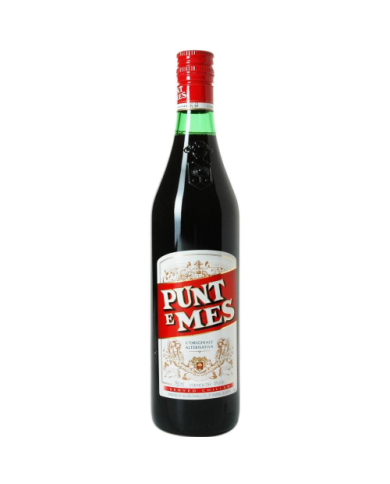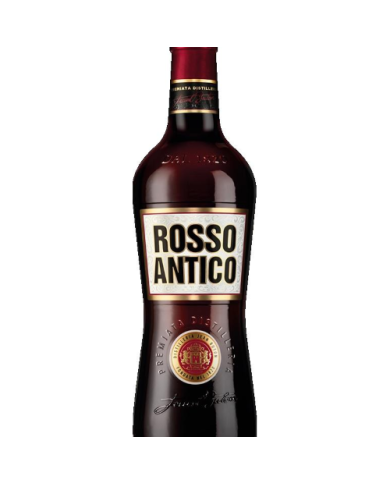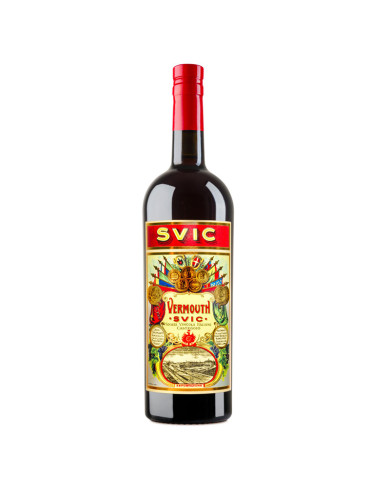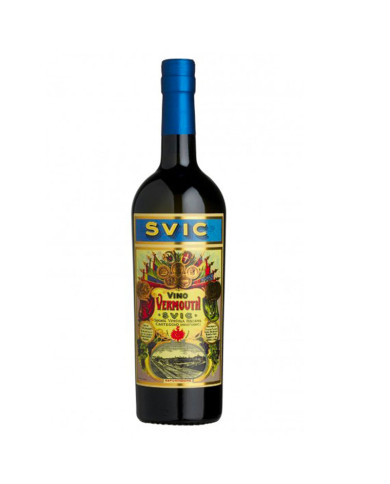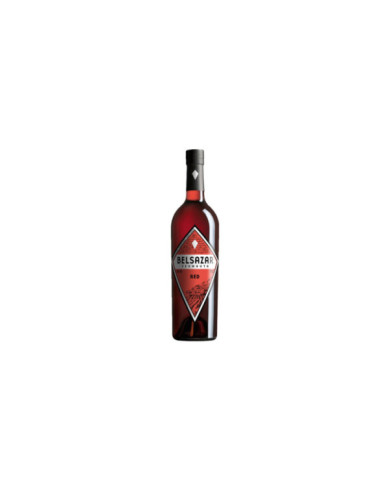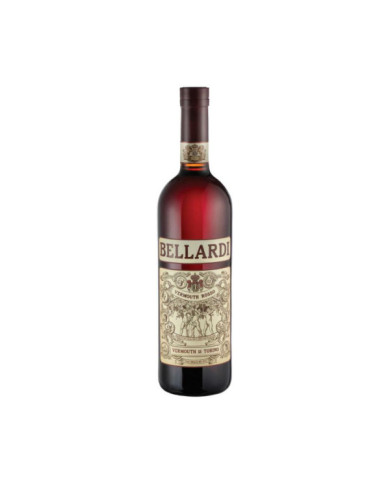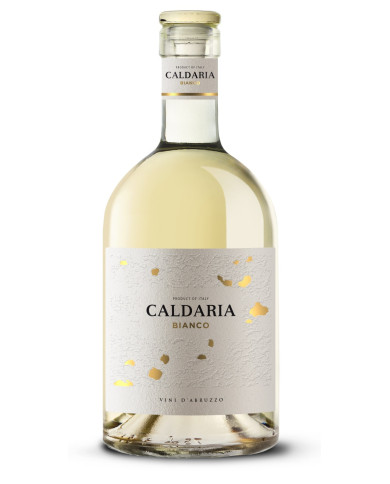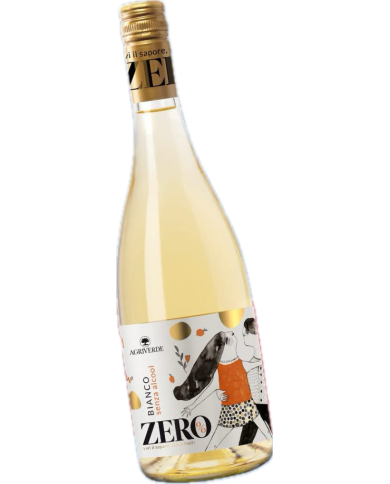Un aperitivo originale, a base di vino di collina, zucchero ed erbe di montagna. Caratterizzato da una raffinata nota aromatica, ├© preparato con la stessa sapiente arte e con un procedimento ancora artigianale. Volume alcolometrico: 16%
Cinzano Aperitivo nasce dallŌĆÖunione di vino, alcool, zucchero e unŌĆÖinfusione di erbe e spezie, delle quali la pi├╣ importante ├© lŌĆÖassenzio. Dal colore rosso intenso deve il suo ricco e pieno bouquet allŌĆÖinfusione di erbe e spezie di pregiata e scelta qualit├Ā. Dolce e fragrante con sapori di agrumi e frutti di bosco che si conclude con un unico ma persistente retrogusto gradevolmente amarognolo. Volume alcolometrico: 14,4%
La ricetta ├© quella tradizionale piemontese che prevede vino aromatico, zucchero di canna puro e varie elbe, tra cui menta alpina, assenzio, genziana e chiodi di garofano. Profumo caldo e avvolgente dei legni, balsamico e mentolato che ricorda miscele farmaceutiche del passato, equilibrato dall'assenzio, l'arancio amaro e dalla vaniglia. Gusto pieno e morbido derivato dall'affinamento in botti di rovere viene gradualmente sovrastato da note balsamiche e mentolate che sfociano nel dolce-amaro del rabarbaro e della genziana, coadiuvate dallo zucchero e dal leggero tannino acquisito nei mesi di affinamento. Volume alcolometrico: 16%
Colore giallo ambrato intenso, con vivi riflessi bronzei, al naso sprigiona note di cr├©me caramel, zucchero filato e caramella mou, insieme alle caratteristiche sensazioni di china, rabarbaro e scorza d'agrume. Il gusto ├© ricco, con vibranti note di arancia amara e cacao, insieme a rimandi balsamici e di rosmarino, in un lungo finale di noce moscata. Volume alcolometrico: 16%
Realizzato con Merlot 100% "Casa e Chiesa" Volume alcolometrico: 18%
Martini Rosso: creato con la nascita dellŌĆÖazienda nel 1863, deve il suo inequivocabile colore scuro al caramello aggiunto durante la miscelazione degli ingredienti. Ha un gusto persistente che stimola i sensi ed un aroma intenso. Il gusto ├© piacevolmente amaro. La sua gradazione alcolica ├© di 14,4┬░.
Ottenuto da una base di vino Moscato e Pinot Nero del nostro territorio e una miscela di 23 botaniche tra erbe, radici e spezie. Domina lŌĆÖartemisia (da cui il nome Vermouth in tedesco) a seguire genziana, cascarilla, timo, maggiorana, issopo, zafferano, achillea, noce moscata, cannella, china e molte altre, macerate per 30 giorni in alcol a 70┬░C.
Ottenuto da una base di vino moscato del nostro territorio ed una miscela di 27 botaniche tra erbe, radici e spezie. Domina lŌĆÖartemisia (da cui il nome Vermouth in tedesco) a seguire sambuco, calamo, maggiorana, dittamo, noce moscata, cannella, arancio amaro e molte altre, macerate per 30 giorni in alcol a 70┬░C.
In the mouth it is intense, enveloping, with a bitter note that counterbalances its veiled sweetness.
The art of Vermouth: Between Tradition and Innovation
What is Vermouth?
Vermouth is a flavored liqueur, obtained from the infusion of herbs, spices, flowers and fruit in base wine, generally combined with a touch of ethyl alcohol. It is known for its versatility and is used both as an aperitif and as the main ingredient in many classic cocktails.
Definition and Characteristics of Vermouth
Vermouth stands out for its aromatic and gustatory complexity, which varies widely depending on the recipe and production method. Traditionally, it is classified into sweet and dry, each with its own peculiarities and occasions for use.
History of Vermouth
The history of Vermouth begins in Europe, with roots dating back to 18th century Italy and France, where it was used both for its medicinal properties and as a drink.
How Vermouth is Produced
The production of Vermouth is an art that combines tradition and precision, with a careful selection of ingredients.
Key ingredients and their impact on flavor
Vermouth includes a variety of botanicals such as mugwort, cinnamon, cloves, and orange peel. These ingredients are macerated in the wine, contributing to its depth of flavor.
The flavoring process
After maceration, the Vermouth is filtered and sometimes sweetened to balance the bitterness of the herbs, followed by an aging phase that can vary from a few months to several years.
Types of Vermouth
Vermouth can be found in different variations, each with its specific characteristics.
Red, white and dry vermouth
Red Vermouth is generally sweeter and more aromatic, while white Vermouth is drier and more delicate. Dry Vermouth, often used in cocktails, is known for its subtle elegance and lesser sweetness.
Flavored and special vermouths
Some producers also offer Vermouth infused with particular botanicals or aromas, which offer a unique and diverse tasting experience.
Vermouth tasting
Tasting Vermouth allows you to appreciate all its nuances.
How to taste Vermouth
We recommend serving the Vermouth cold, alone or with ice, to enhance its flavours. A suitable glass is the short tumbler or wine glass.
Gastronomic pairings
Vermouth pairs well with light appetizers, fish and seafood, thanks to its ability to enhance the flavors without overwhelming them.
Vermouth in the world of cocktails
Vermouth is an essential component in many traditional and modern cocktails.
Classic cocktails with Vermouth
The Martini and the Manhattan are two of the most iconic cocktails that use Vermouth as a key ingredient.
New trends in cocktails with Vermouth
Bartenders around the world continue to experiment with Vermouth, creating innovative cocktails that push the boundaries of mixology.
Prominent Vermouth producers
Knowing the main producers can help you choose the best Vermouth for every occasion.
The main Italian producers
Italy is famous for its Vermouths, with historic brands such as Martini & Rossi and Carpano dominating the market.
International manufacturers
Other countries, such as France and Spain, also have a rich tradition of producing high-quality Vermouth.
Curiosities and advice on Vermouth
Interesting stories related to Vermouth
Vermouth has an anecdotal history, including its alleged invention by an Italian doctor as an elixir of life.
Storage tips
Vermouth should be stored in the refrigerator after opening and consumed within a few months to maintain its freshness and aroma.
Frequently asked questions about Vermouth
FAQ - Answers to the most common questions
This section clarifies common doubts about how and when to consume Vermouth, as well as providing advice on choosing the right product.
Conclusion Vermouth represents a category of liqueurs that perfectly embodies the balance between tradition and innovation. Whether enjoyed neat, on the rocks or as part of a fine cocktail, Vermouth continues to be a popular choice for lovers of complex, refined flavours.


